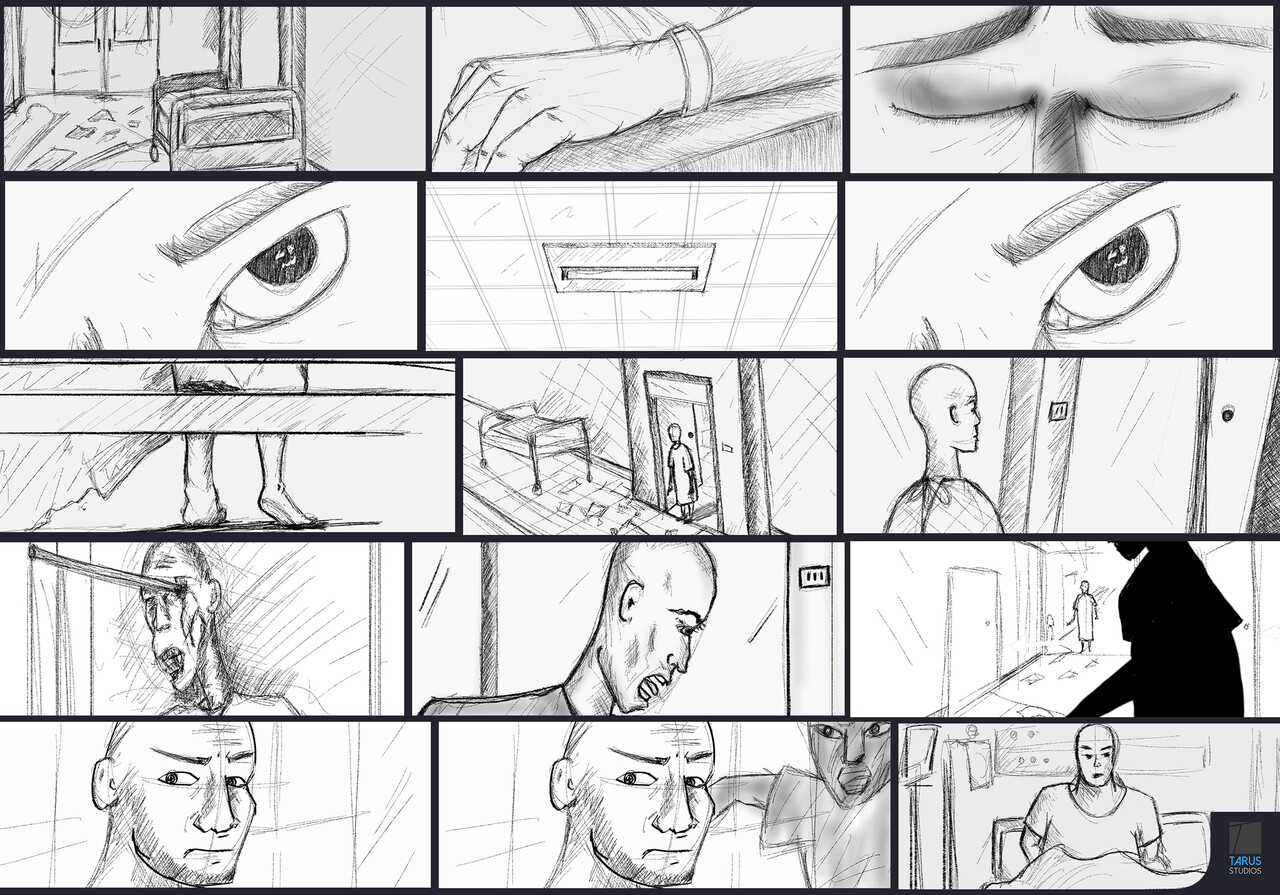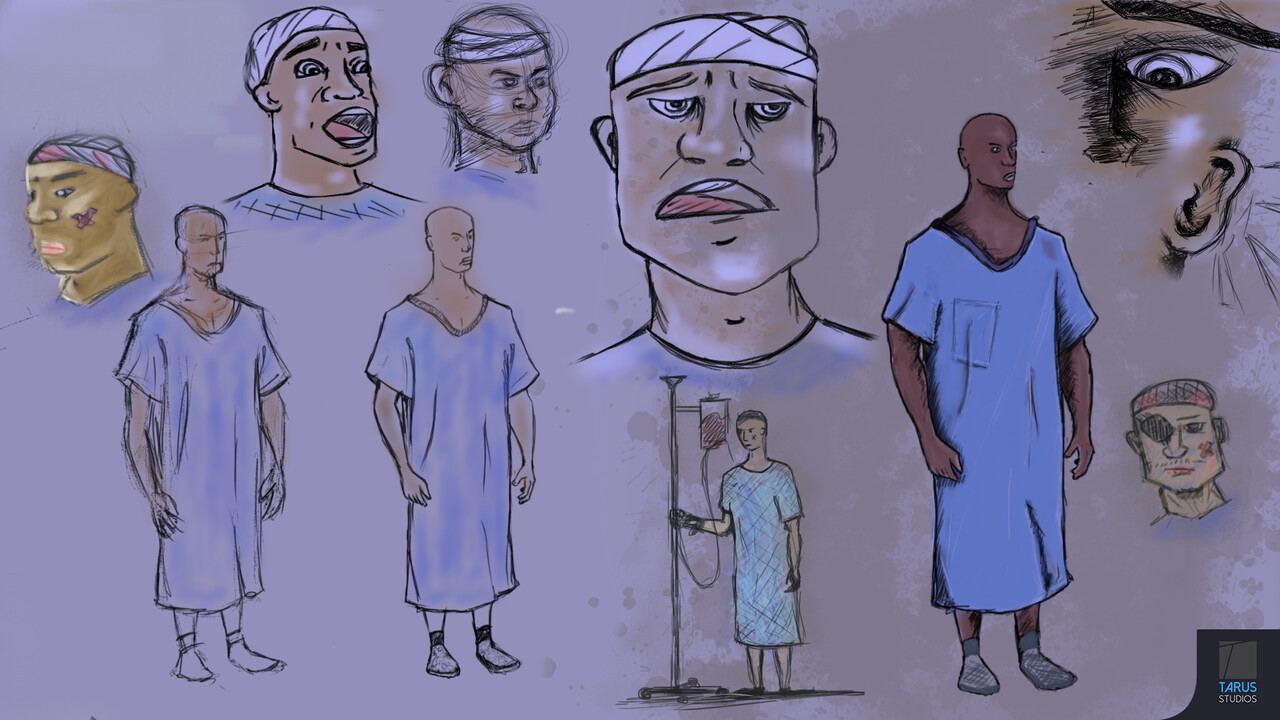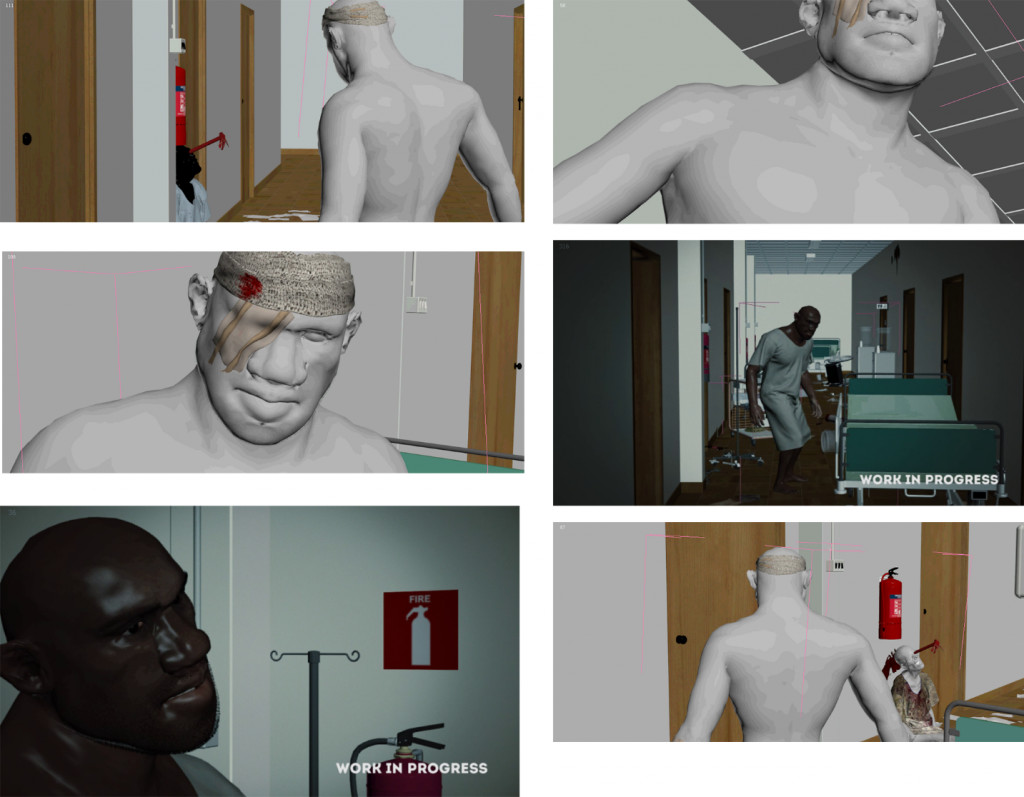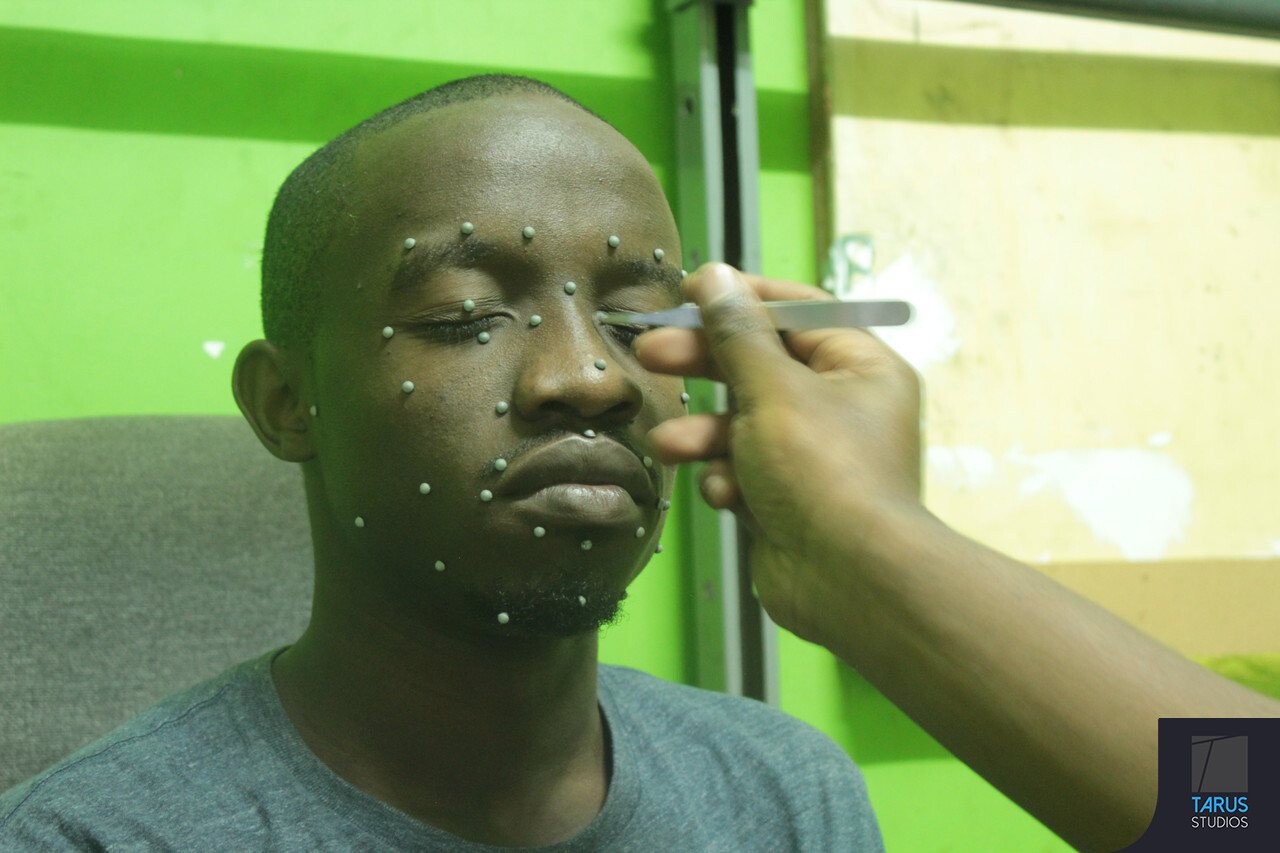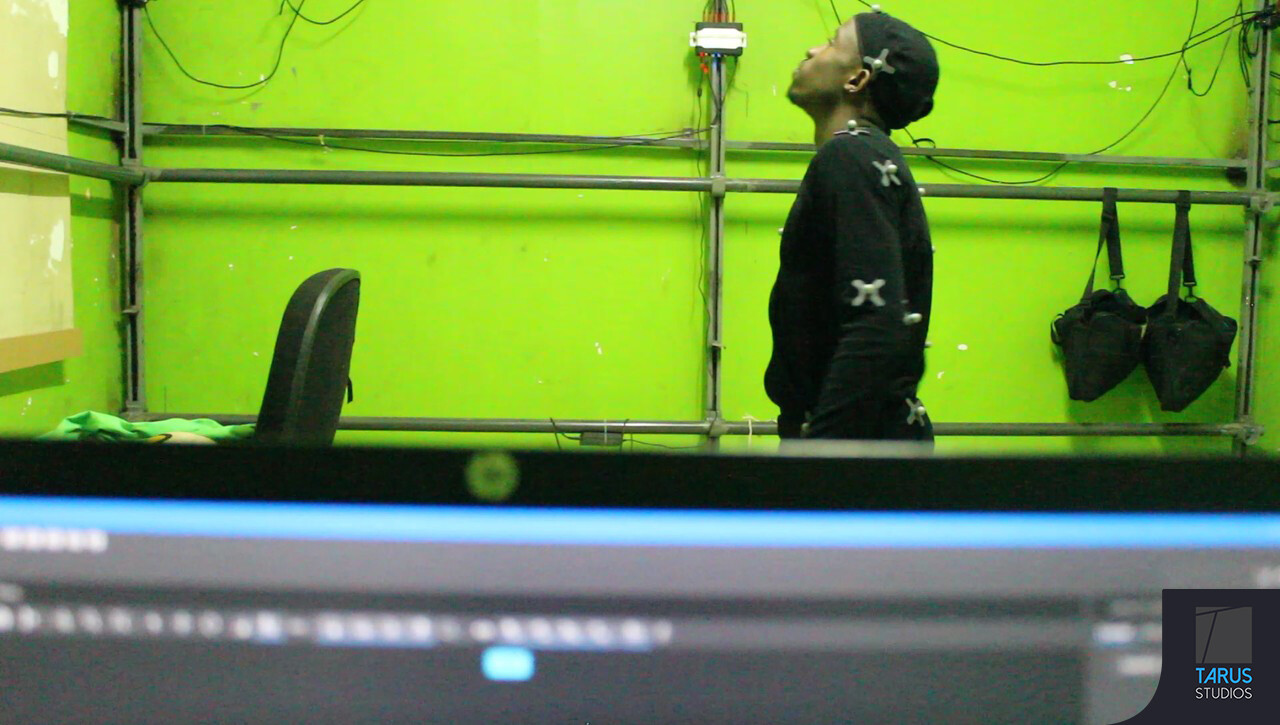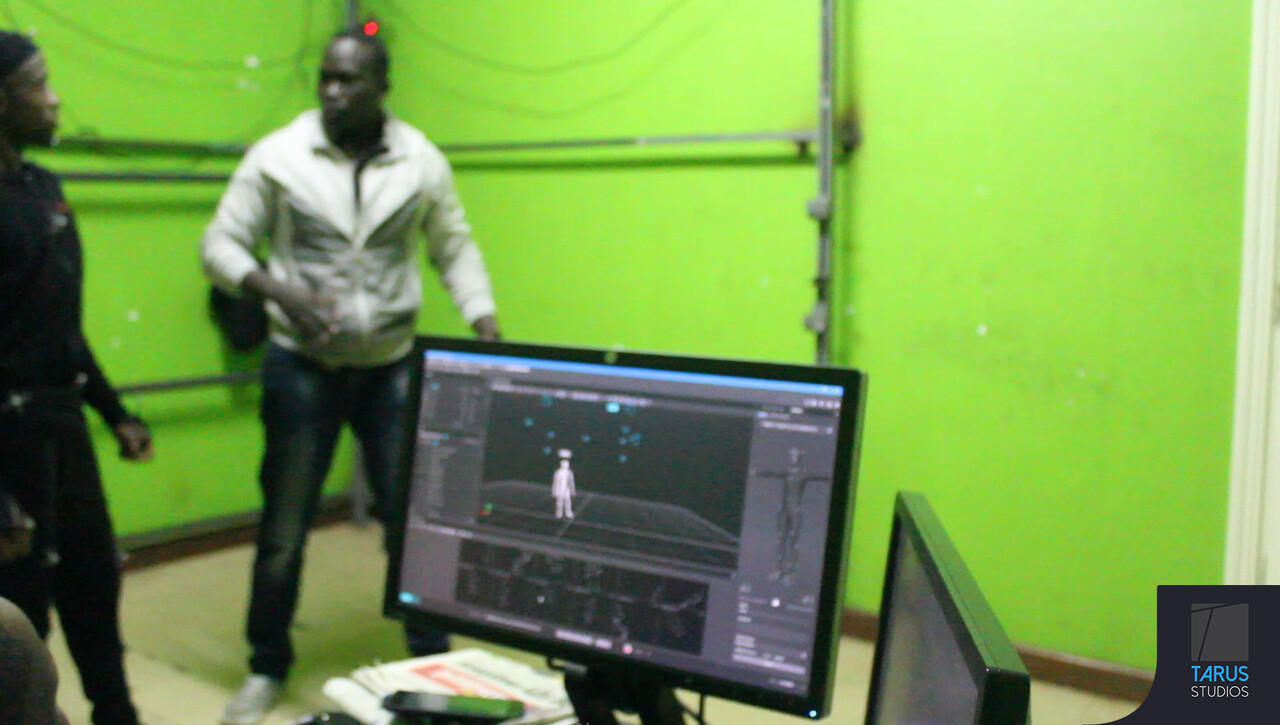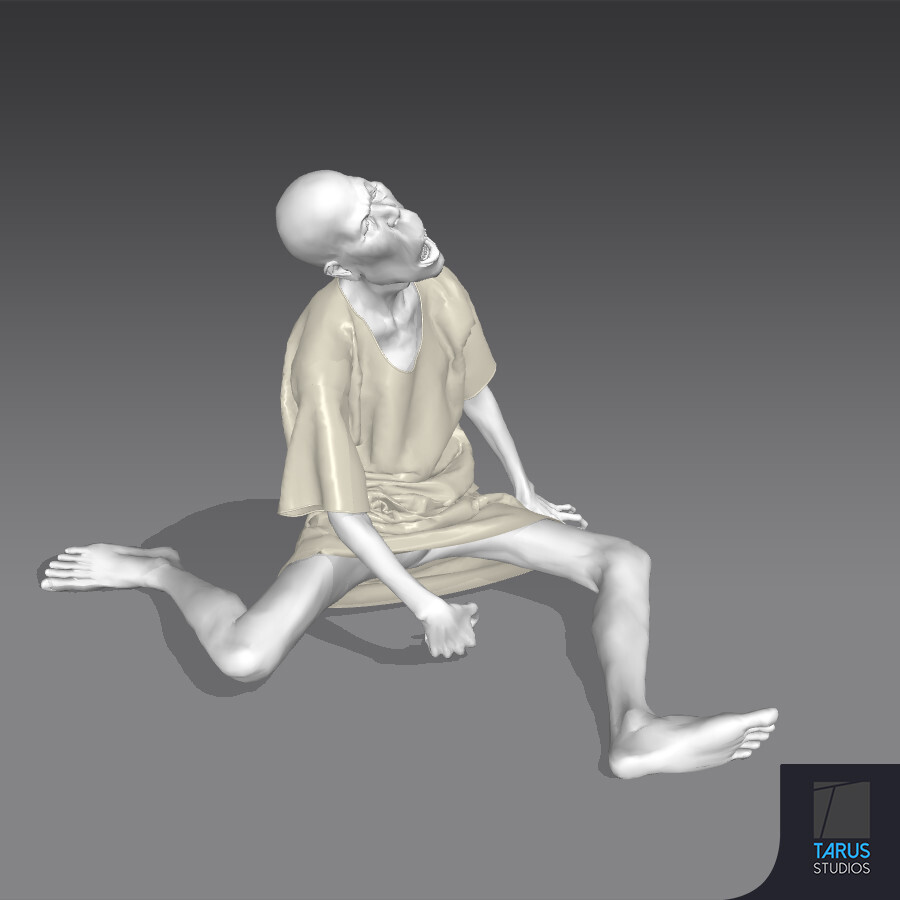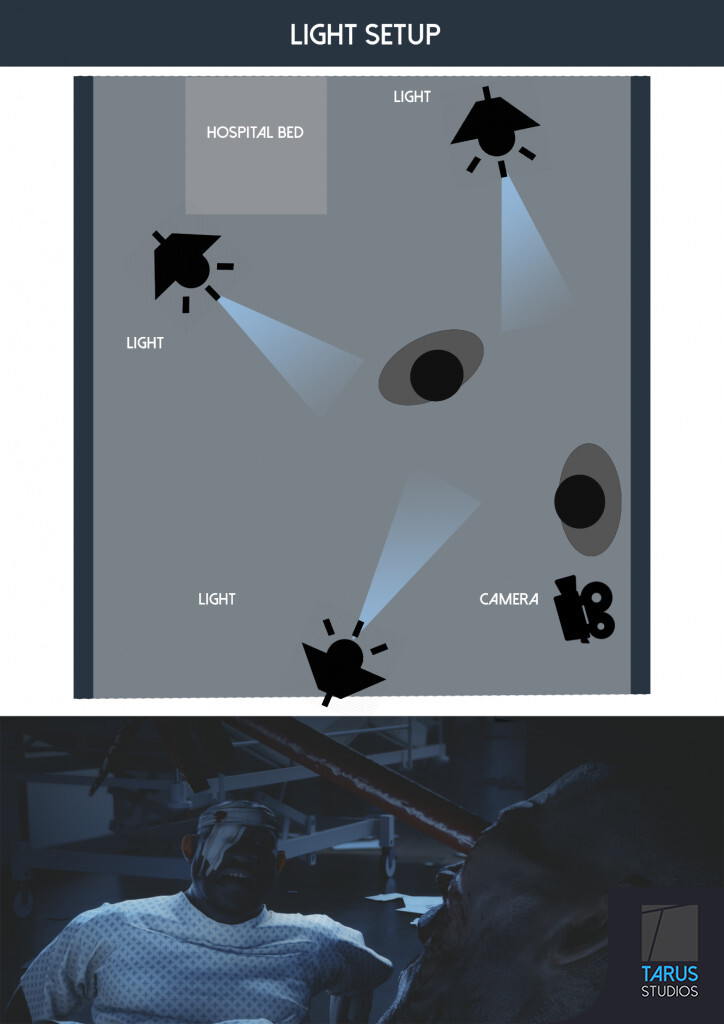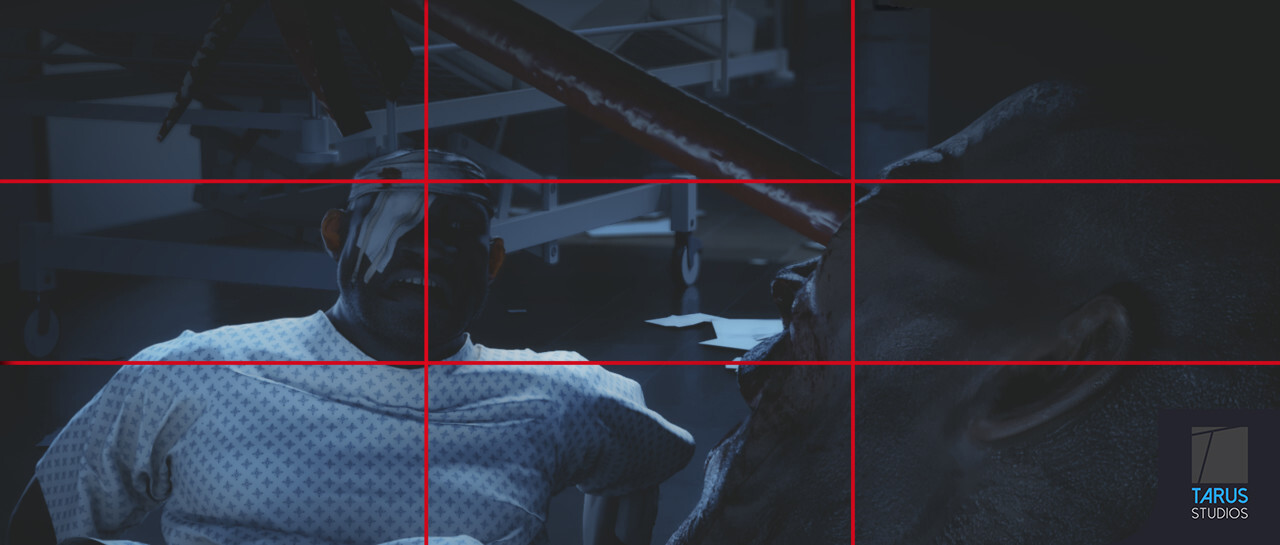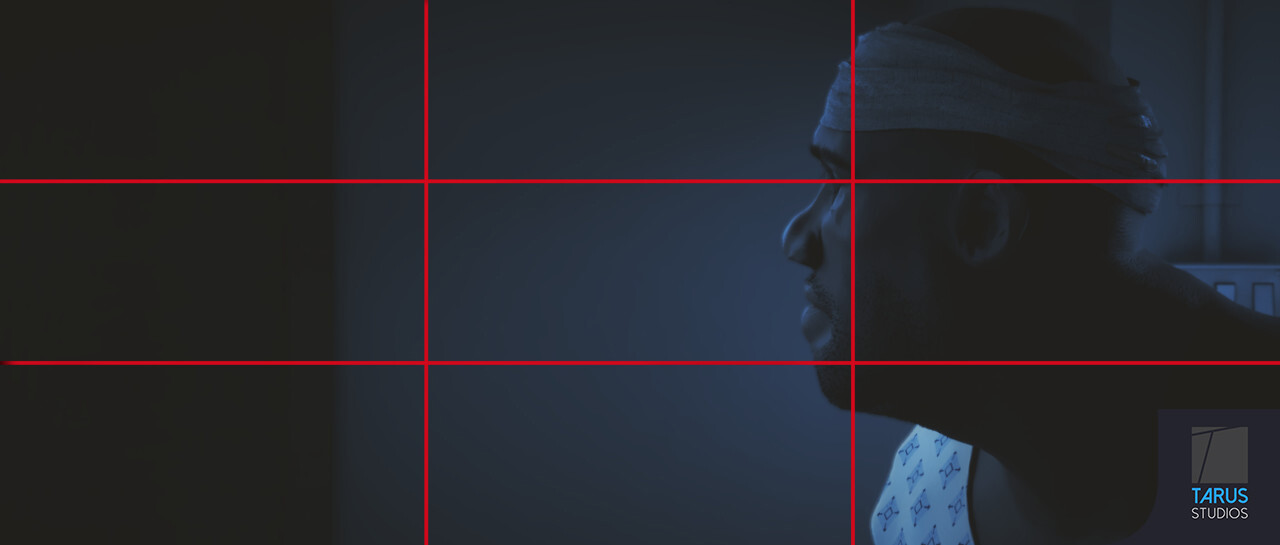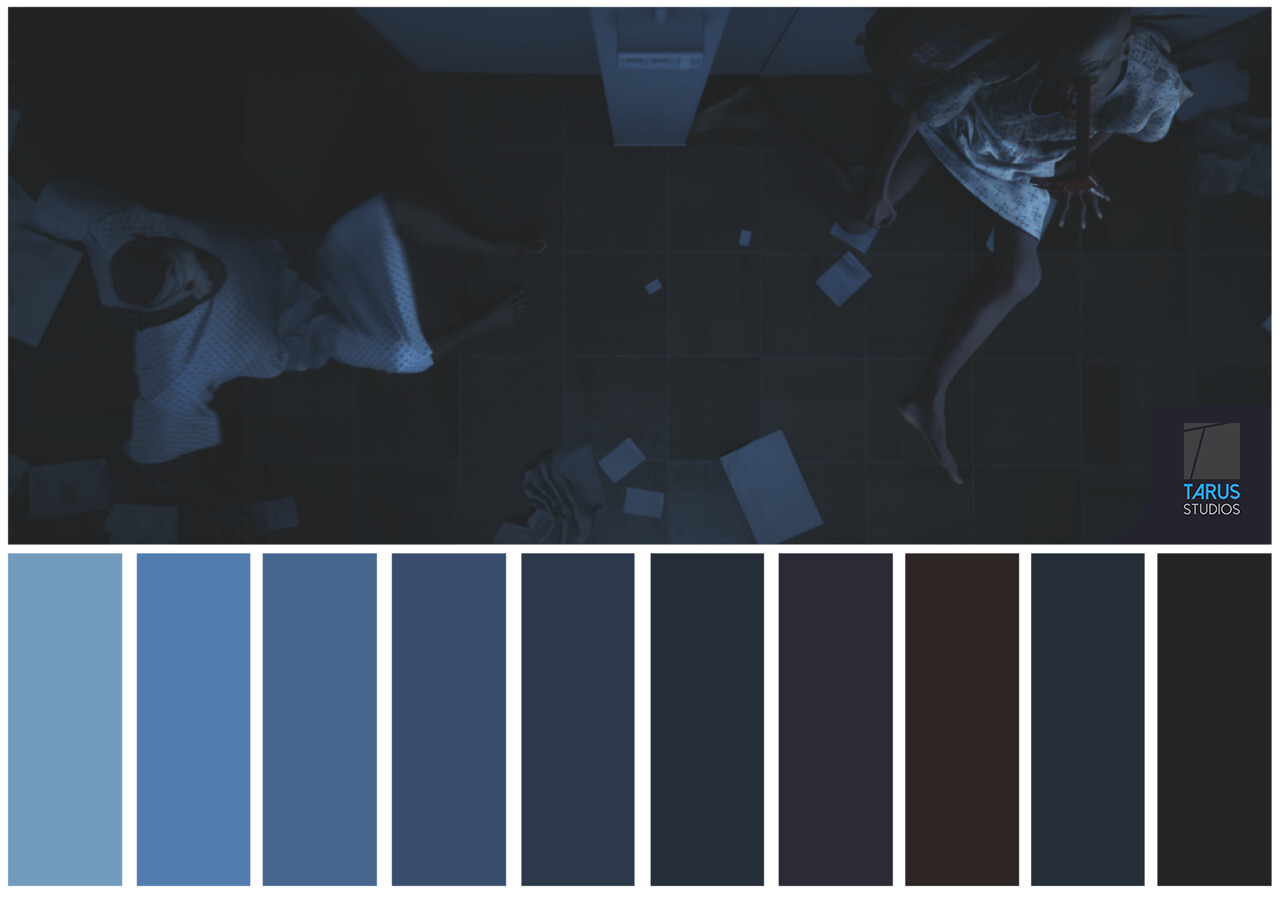The process behind Isolated has been a long time coming. Here is how we made it.
LAYING THE FOUNDATION
The first and most important step was creating the intended story and research. Research of what would be required and what would be used. Sketching and doodling characters and the environment. The Internet and related work from other animators and cartoonists, friends, colleagues; all these were avenues explored for information in this stage.
FROM MIND TO PAPER (STORYBOARD)
Laying down the sequence of events, their linkage to one another and give an idea of the environment, time, camera angle and position.
ANIMATIC
Turning the storyboard into a video to figure out the time for each scene, scenes that would have sound and music, etc. This is very important because it provides a representation of what the final film would look like in the end.
MODELING THE CHARACTERS AND ENVIRONMENT
Changing from mere drawings to 3D characters.
MOTION CAPTURE
This entails capturing movement and facial expressions from an actual human being then plotting it on to the animation characters created in the step above.
The process is like miming. (Any Charlie Chaplin fans?)
See it in action
Motion Capture: SDL STUDIOS
SIMULATION
This stage involved producing motion consistent to the laws of physics.
VISUALIZATION
The lighting in close-ups was different from the one used in wider shots. The most interesting part of lighting was to adjust the lighting when Mosa (the main character) is in the corridor so that focus remains on him and not on the background elements.
CAMERA ANGLES AND TECHNIQUES
To make the shots well balanced and interesting, The Rule of Thirds and the Golden Ratio came in handy.
THE RULE OF THIRDS
The Rule of Thirds is a basic guideline which applies to the process of composing visual images.
Here’s how it works:
Divide your framework into a tic tac toe board then place the important elements on the thirds; could be vertically, horizontally or on the intersection points. This rule allows you to create visual flow and lets you tell people which is the most interesting and important part of the scene.
THE GOLDEN RATIO
The Golden Ratio exists when a line is divided into two parts and the longer part (a) divided by the smaller part (b) is equal to the sum of (a) + (b) divided (a).
When applied to art, the golden ratio provides some type of proportion and harmony in appearance. Some legendary art work where this ratio is present is Da Vinci’s Mona Lisa, Michelangelo’s The Creation of Adam, even Twitter and Pepsi’s logo, if you ever wondered what their secret is.
Fun fact: Our brains are wired to prefer images that employ the Golden Ratio.
RENDERING
Rendering is generating a photo realistic image from a 3D or 2D image, in our case a 3D image.
POST PRODUCTION
All the rendered passes were collected in one pile and brought into our preferred program (Adobe After Effects) for post production.
MUSIC AND SOUND EFFECTS
Adobe Audition was the go to for processing sound and music.
The final stage was to make sure everything was in sync, then render the final film.
Watch film here
A little take home:
Not only was this process fun, but it was extremely educative. We live in an era when we can do almost anything, so feel free and dive into that which excites and challenges you. If you don’t do it now, you never will.
by Tech With Lulu.
